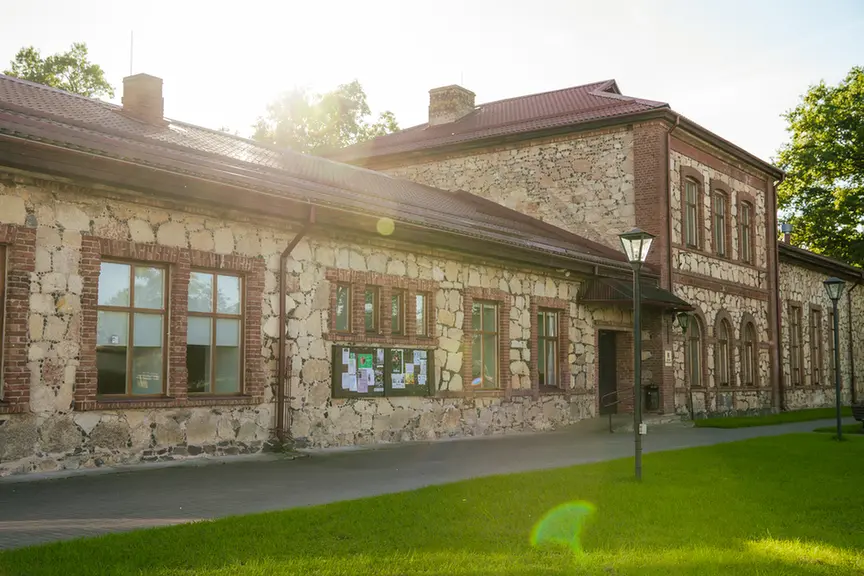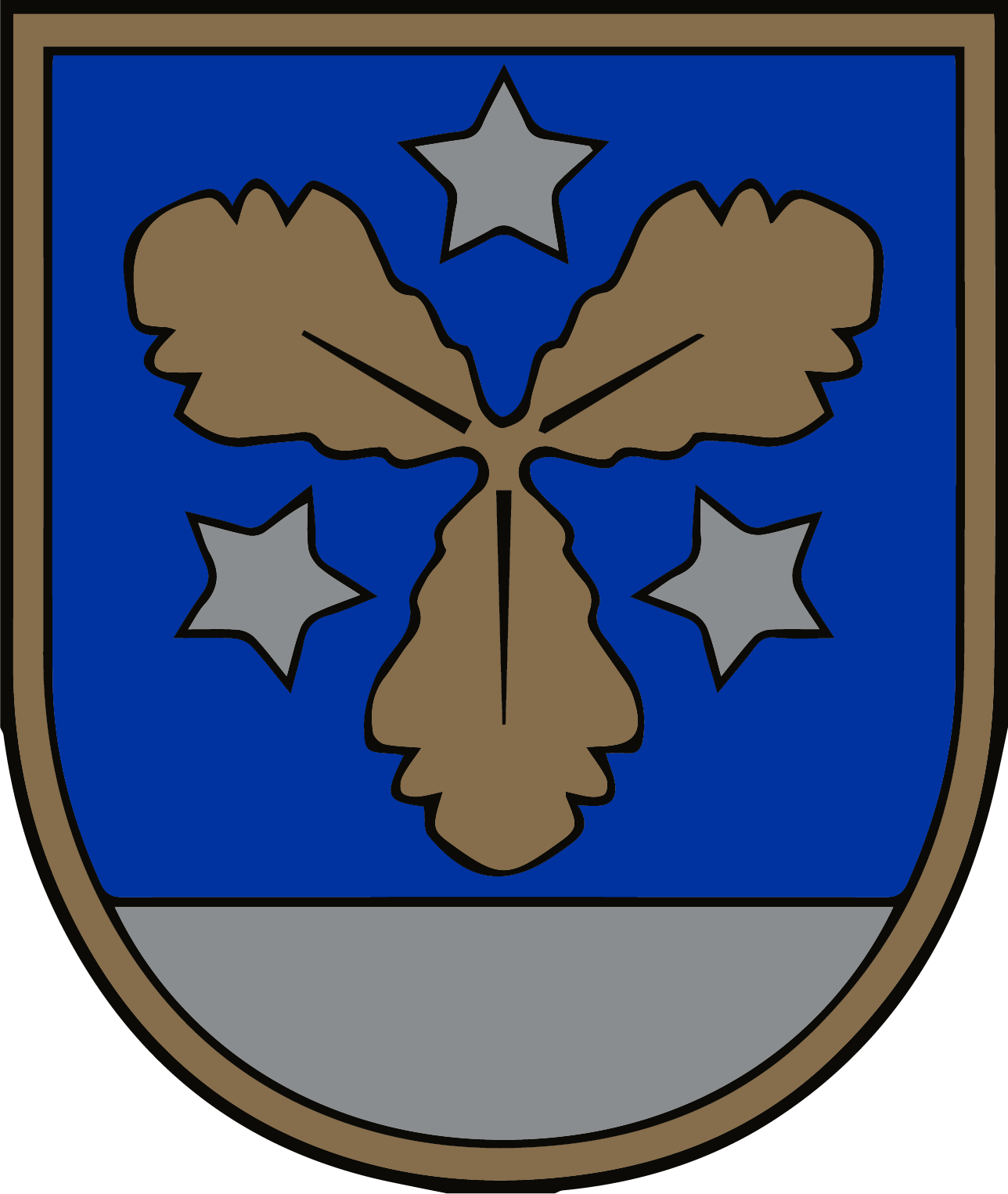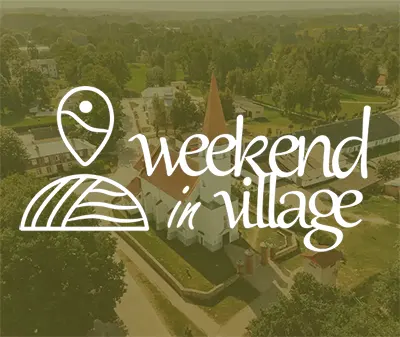
Koknese train station old buildings
Stacijas laukums, Koknese, Aizkraukles novads, Latvija, LV-5113Koknese Station Square has a special significance in the history of the city. Until the middle of the 19th century, the Daugava River was used as a major transport route. In 1861, the Riga-Daugavpils railway line (later known as the Riga-Orla line) was built and activity on the river began to die down, with railway traffic coming to the fore. Koknese railway station became an important traffic junction, with a built-up settlement centre around it. The station became an important connection point between Riga and Daugavpils, providing both passenger and freight transport. The first railway station was built at the same time as the track was laid. The building was destroyed during the Second World War. A 1:25 scale model of this historic Koknese railway station building can be viewed by contacting the association ‘Pērses krasts’. After the war, a new station building was built, which can be seen today.
The Koknese Cultural Centre is located next to the railway station. The development of cultural life in Koknese began in the 19th century. An important turning point was the 1819 peasant liberation, which stimulated not only the development of the farm, but also of cultural life. In 1868, the first Latvian singing society was founded in Koknese. In its early days, this building was also a tavern. The Koknese Cultural Society acquired it in 1921. At the end of the house was a butcher's and cloth shop. There was also a restaurant in the Society House. There was a library in the building. As today, theatre performances and various events were held here.
In Station Square, across the road from the station, is a building commonly known as the ‘White House’. In 1849, it was the site of the Koknese Manor Maltings, later a vodka distillery. After the First World War, the building housed a shop and a hotel. When arriving in Koknese by train, it is said to have been a comfortable place to stay. After the Second World War, the beautiful two-storey building was an important place for every Koknese - the village executive committee was located here on the second floor. The ground floor has always been bustling with activity - as now, it was home to shops, a canteen and other institutions.
Next to the Cultural Centre, also made of studs, is a three-storey building with a shop on the ground floor throughout its existence. The building was called the Schweizerhof around 1900 and housed a horse station. After the First World War it became the property of the Koknese Consumers' Association. After the Second World War, the consumer association also had a shop here.
 This virtual toure has been produced as part of the project LL-00061 "Digitally accessible and attractive Lost Culture Heritage tourism destinations in Zemgale and Northern Lithuania" (Reclaimed History), which is co-funded by the European Union under the Interreg VI-A Latvia-Lithuania Programme 2021-2027. Its contents are the sole responsibility of Aizkraukle local municipality and do not necessarily reflect the views of the European Union.
This virtual toure has been produced as part of the project LL-00061 "Digitally accessible and attractive Lost Culture Heritage tourism destinations in Zemgale and Northern Lithuania" (Reclaimed History), which is co-funded by the European Union under the Interreg VI-A Latvia-Lithuania Programme 2021-2027. Its contents are the sole responsibility of Aizkraukle local municipality and do not necessarily reflect the views of the European Union.
- Aizkraukle municipality and Koknese Tourism Information centre
1905. gada iela 7, Koknese
(+371) 29275412, (+371) 65161296 - Aizkraukle Tourism Information point
Lāčplēša iela 4, Aizkraukle
(+371) 25727419 - Jaunjelgava Tourism Information point
Jelgavas iela 33, Jaunjelgava
(+371) 27366222 - Pļavinas Tourism Information point
Daugavas iela 49, Pļaviņas
(+371) 22000981 - Skrīveri Tourism Information Point
Daugavas iela 85, Skrīveri, Skrīveru pagasts
(+371) 25661983 - Staburags Tourism Information point
Staburaga saieta nams, 2. stāvs, Staburags, Staburaga pagasts
(+371) 29892925 - Nereta Tourism Information point
Dzirnavu iela 5, Nereta, Neretas pagasts
(+371) 26674300 - Mazzalve Tourism Information point
Skolas iela 1, Ērberģe, Mazzalves pagasts
(+371) 26156535 - Irši Manor Barn - Magazina
Irši, Iršu pagasts
(+371) 26344757














